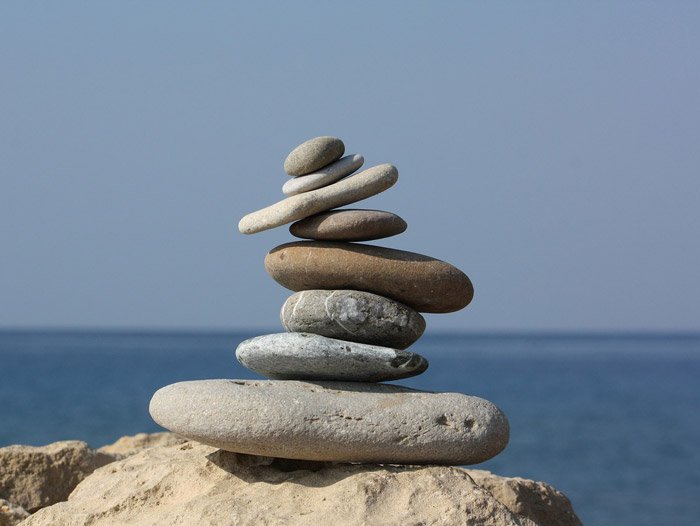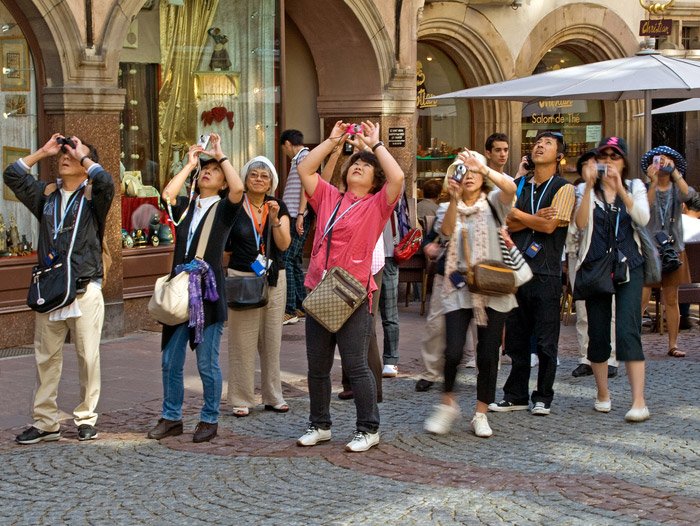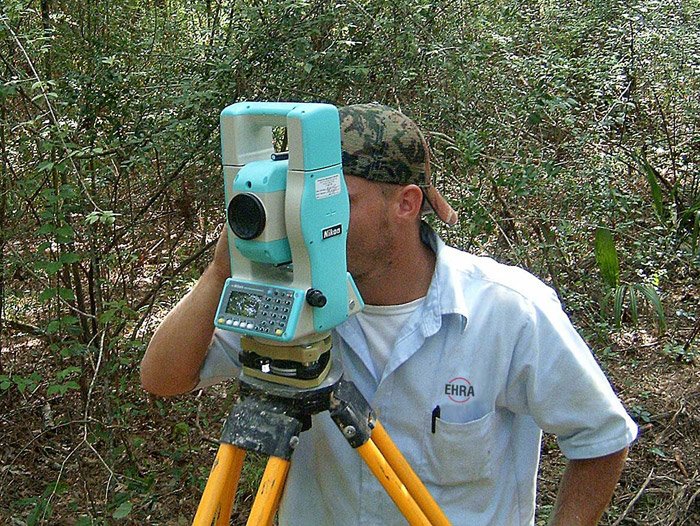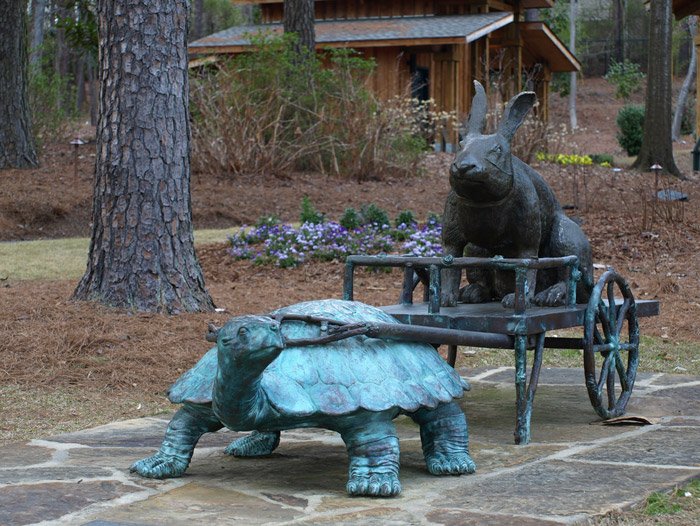Senior Nomad Budget Travel
Easy, Safe, Fun!Senior Nomad Balance

Senior nomad balance is all about style and rhythm. But this has nothing to do with how much you spend, fancy clothes or dancing feet. I’m talking about your personal travel style and rhythm which then forms your essential lifestyle balance.
One part is is understanding how to use multiple travel styles to your advantage. Alternating through them develops your own unique rhythm of activity and rest. With the right balance, the nomadic lifestyle will be easy and more fun than you ever thought possible.
Like the other steps we’ve done so far, it’s highly personal. However, this part does not entail making lists or intensive research. It’s more related to a state of mind in combination with some self-observation on how you’re feeling as you travel along.
The only thing you need to do now is just understand what I’m talking about and why it’s important.
Different travel styles
As I’ve traveled and wandered over the years I began to notice that I actually had several different travel patterns. Plus different internal longings that accompanied them. Sometimes I quickly blew through several cities in a row, spending only a few non-stop sight-seeing days in each. Other times I sat like a slug for weeks and barely went out of my lodging except to occasionally “forage” for food.
Sometimes when I was in fast mode, I longed to stop and do nothing. But when I was doing nothing for a while, I longed to get moving. At first I alternately resisted or prodded myself. Neither was much fun. Finally I stopped trying to force things and started paying attention to what was really happening as I cycled through my moods and longings.
That’s when I discovered that I actually had several different travel modes. And each was vitally important to my overall happiness and well-being as a senior nomad.

Tourist style
This is the pack-it-all-in-a-short-visit mode. What I used to refer to as a “vacation” in my earlier working world life! In fact, in this mode I really am a typical tourist. It’s a tick-off-the-items on my must-see list style travel.
I want to make sure I see all the top sights, do all the top recommended activities, eat the local delicacies, etc. There’s a sense that I don’t want to miss anything since I probably won’t come back for a very long time, if ever. This results in a frenzy of activity and photo taking that I would not normally do if the exact same city were actually my “residence”.
How long I stay in a spot depends on the location. If there’s a lot that I’m attracted to see and do, it could be a week or even more. If not, maybe just a couple of days.
This style is also quite a bit more expensive than my slower styles. I’m usually in a hotel without cooking options so I’m always eating out. Plus paying for a stream of museums, attractions and excursions.
This mode is fun and exciting. But I can only take small doses, a week or two at the most. Constant milling crowds, long lines of tourists and noisy places wear on me quickly. Even more so than before I became a nomadic senior citizen. I soon long for a peaceful spot to relax, rest up, and plot my next excursion.
Typical tourist mode skates along on the surface of a location, not really caring about the deeper attributes. But with just a slight change of perspective you can effectively use this mode to your full advantage.
Simply keep several basic questions at the back of your mind. Look around more carefully, constantly evaluating the city. “Is this a town I’d enjoy coming back to for a longer slower trip? What’s the cost of living outside the tourist zone? Could it become one of my month-long bases?”
If the answer is No, it’s now a been-there-done-that place. But if yes, move the city to your future surveyor mode list.

Surveyor style
Some cities go straight to my surveyor list after simply reading about them or hearing reports from others already living there. These places don’t necessarily have the typical tourist attractions sought by most travelers. But if they’re frequently recommended by expats, senior travelers and digital nomads, I take notice. (See discussion on locations)
A surveyor visit for me can be anywhere from 1 to 3 weeks, depending on the size of the city and how attracted I am to it after doing my initial online research. I try to get my own self-catering apartment if I can. Or at least have access to a shared kitchen so I can do some of my own meal preparation.
During my visit I usually do a lot of city walking, exploring different neighborhoods to find which one I like the best. I’ll explore the shopping options, from modern malls to super markets to open-air produce markets. What’s available here? Can I get my favorite foods? Is there enough of a variety of restaurants to keep me happy?
People-watching from outdoor cafes and evening strolls let me soak up the cultural vibe. I might join an expat group on Facebook or a local language exchange group. Attending activities where I can meet other expats lets me discover face-to-face what they like/don’t like about living here.
I may also do some tourist style sight-seeing as well, but more selectively at a much slower pace. My main focus with this type of travel is to decide if this place is somewhere I’d like to come back to for even longer. Could it become one of my home-bases?

Relaxing home-bases
For me, most of the stress of traveling comes from moving to new locations. All the flights, trains, buses, schedules, maps, reservations, immigration/visas, finding places to stay, places to eat, packing/unpacking, etc. That’s one of the benefits of having multiple home-bases. I use them to rest and rejuvenate after all my other traveling.
My home-bases are my tried-and-true places. The ones I savor like a favorite food. Arriving for another visit is always accompanied by that distinct sense of “coming home” after a long absence. I usually stay for at least a month, often two. Sometimes if I’m in need of a deeper rest, I’ll even stay for three.
I know how to get around, I know where to buy my groceries and fresh veggies, have my favorite breakfast or late afternoon beer. I have cultivated friends and seek them out when I return. We catch up on the news since I last visited, exchange hugs and plan more get-togethers.
I believe having multiple home-bases is the key to sanity and health when living a nomadic lifestyle. These are the places that give a senior nomad balance in their full time traveling lifestyle. You can have as many of them as you want. In fact, your current home town could be one of these if you can’t imagine leaving it forever.
How do you find your personal home-bases? Well, it’s partly the priorities list and location research that you did. But those processes only give you a list of high probability candidates for a home-base city. The real test is how you feel when you are there.
I’ve had some places that met all my logical criteria, but when I got there I felt like the city itself was spitting me out. And others I may not have researched at all, but the city embraced me warmly and I felt I belonged there.
My home-bases are my sanctuary cities. To me they feel like sliding down into a hot bath, with a deep inhale and long relaxing “Ahhhh.” But like any hot bath, eventually the water cools, my fingers and toes prune up and it’s time to get out.
That’s where finding your personal travel rhythm comes in.

Your personal rhythm
Every living creature (even plants!) have their own rhythms of activity and rest. The key to living a happy nomad lifestyle is discovering your own personal rhythm. You need to discover your personal mix of the various travel modes I’ve just discussed.
You may think two months in one spot is way too long. Or way too short. You may never again want to travel in busy tourist mode. Or maybe you love high buzz activity and constant action so much that it’s what you want for most of the year.
I can’t tell you what it is for you. Your personality and the priorities list you made will give you some clues on how to start. For example, if you’re quiet and more of an introvert at home, start with longer slower visits to quiet places, less tourist mode. If you can’t live without a busy social scene, start with the places offering whatever excites you.
Another tip is to keep a log book of your travels and pay attention to your almost unconscious self-talk as you go. Do you find yourself complaining about the crowds and noise? Are you feeling tired and unmotivated to go see the sights? Are you longing to put your feet up and do absolutely nothing? Or are you feeling bored and antsy? As if your room is a confining jail cell? Are you longing to get out, meet new people and do something exciting?
This is your natural rhythm talking to you, telling you what you need. Note what travel mode you are in and how you’ve been traveling for the last month or even two. As you do this, patterns will emerge. You’ll see how much busy vs. rest time you need and how to best cycle through it.
This knowledge will enable you to plan your travel better, both in time and geographically. You’ll know for example, that after two busy weeks of city hopping, you’d better schedule a minimum of one month of doing absolutely nothing in a quiet spot.
Please remember this… your rhythm is not something you create. It is something you uncover. And once you recognize it, you must honor it. Let it have it’s way with you. Follow where it leads.
P.S.
For me, I’m finally getting my own personal rhythm dialed in. My key was to quit pushing myself and to let go of what I thought traveling full time “ought” to be. And shortly after that, these ideas and principles I am sharing with you now crystallized into patterns and ideas I could communicate. My strong desire is that this information will help you find your perfect nomad lifestyle as fast and as easily as possible.
